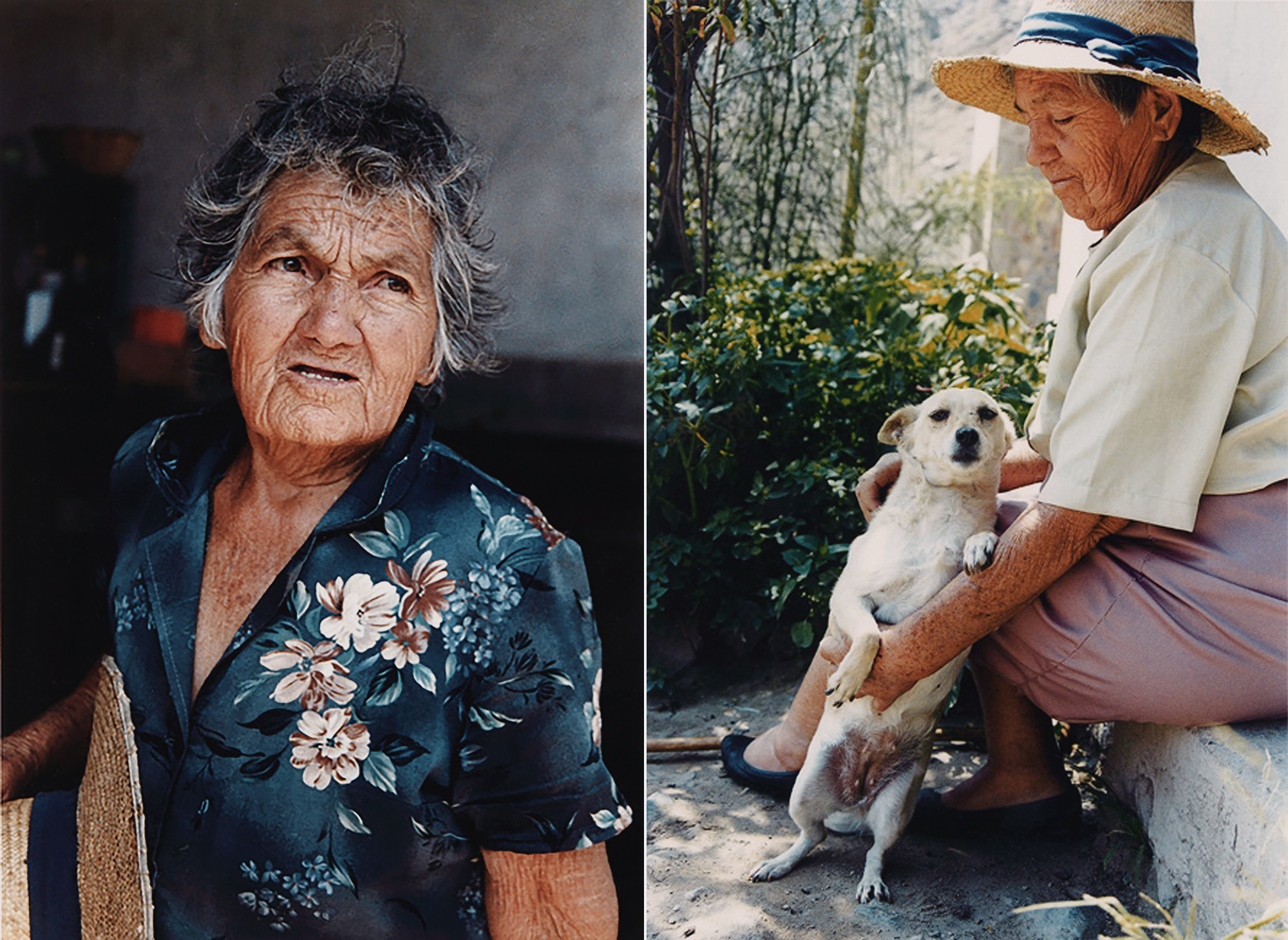



Clearly, these prehistoric petroglyphs mark a sacred site. Local Peruvian legend would have it that as early as 3,000 BC there existed a mountain lake with extensive temples, all evidence of which was erased by a massive landslide. This is unproven, but the petroglyphs, depicting a wide range of motifs, are clearly the only surviving remnants of a mysterious past culture.

When writing about the rock art petroglyphs of Checta in Peru it is also worthwhile to summon the name of Mrs. Consuelo Livia Aranguren (known as "The Lady of Checta"), a remarkable elderly woman who devoted almost fifty years of her life in protecting the Peruvian site. She lived nearby in an old cottage, worked as the non-official guardian of the place without economical retribution and lived to be 85. Inexorably, she passed away in 2005, and since her departure, the Checta archaeological site and its buffer zone has no real protection.
The age of the Checta petroglyphs is uncertain; however, according to Villar Cordova, they could have been made by archaic cultures, such as 'the Cantas" 1,800BC, because of the surprisingly analogy between some glyphs and the anthropoid-feline deity of the Chavin Culture. Villar also hypothesized about the purpose of the petroglyphs: he believed that they may have been used for ritual purposes or for tribal land ownership marking.
At this stage, it is also worthwhile to summon the name of Mrs. Consuelo Livia Aranguren, (known as "The Lady of Checta"), a remarkable elderly woman who devoted almost fifty years of her life in protecting the site.
Because of an increasing rate of vandalism and land development movements, Checta is already an endangered sacred site. According to a recent report prepared in 2008 by the APAR (Rock Art Peruvian Association), almost the half of The Checta petroglyphs have been vandalized either by having been removed or extracted them from their original location or by having been marked with graffiti.
For the The Checta petroglyphs to be preserved, there must be a self-sustaining project with the aim of developing an interpretive center at the site, in order to control public access and in general promote further rock art research in Peru. The success of any project, in my opinion, will depend on the approach: the more multidisciplinary, the better; it is vital to be very active in working with school students (mainly with those who study or live nearby) in order to spring in them the sense of pride for such a great ancient legacy.
The gallery of photographic images presented on this page demonstates the need for a preservation stategy. The petroglyphs are being destroyed by graffiti as well as the result of development in this region, whereby rocks are being removed from their original location and displaced, concealing the carvings from further research and documentation, if not causing their total destruction. The preservation strategy, as Martin Barco points out, must incorporate both levels of awareness - at the local level of awarenesss and at the municipal level of future development.

→ Subscribe free to the Bradshaw Foundation YouTube Channel
→ South America Rock Art Archive
→ Rock Art of Serra da Capivara
→ Rock Art of Pedra Furada
→ World Heritage Site of Cueva de las Manos (The Cave of the Hands)
→ Rock Art of Bolivia
→ The Rock Art of Santa Catarina
→ The Checta Petroplyphs - Peru
→ Bradshaw Foundation
→ Rock Art Network
































































